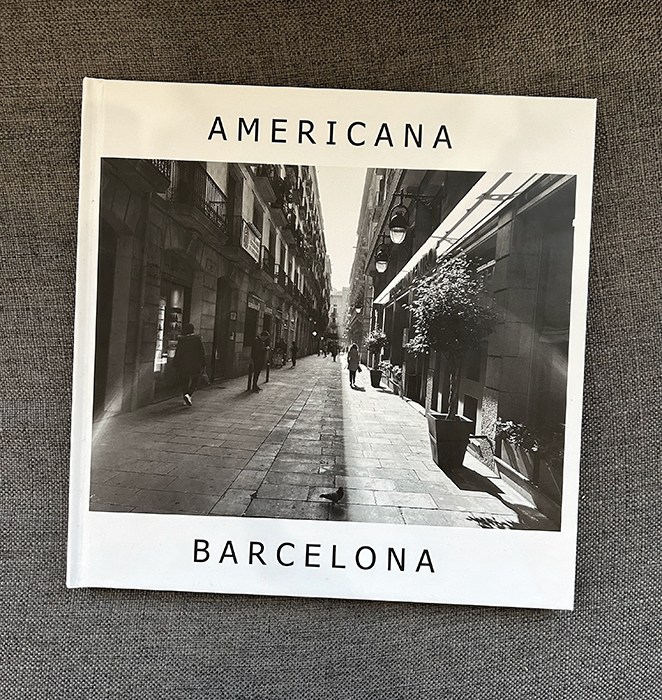
Americana Barcelona is a coffee table book created and published in Philadelphia after our years in Barcelona. It was, for me, cathartic, because that was a tough city to leave. We were in Barcelona for 10 years, and that was the longest I’d lived anywhere since my hometown. Then there was the timing. We left Spain on January 27, 2021, right in the middle of the pandemic.
Over the course of that decade, we’d made friends and been part of a community. Exiting when we did meant that there was no way to say goodbye to anyone properly. The few that occurred in person were anticlimactic–at tables outdoors, all of us dutifully masked, bundled up (it was winter), waving goodbye at a distance of two meters or more. American Barcelona is a coffee table book, and I did not publish it on Amazon. Rather, I printed off a bunch, and sent them to our friends back there.
PREFACE
If I remember correctly, upon our arrival in 2010, what struck me first about the new city was how distinctive the neighborhoods were from one another. I’d walk two or three blocks and feel like I was in a whole other town.
I learned, in time, that this was not a delusion. Neighborhoods in Barcelona differ so dramatically because, for most of the region’s history, each neighborhood stood alone—geographically disconnected from other area settlements and, importantly, from the city, itself.
Dubbed Bàrcino by Roman settlers in the first century CE, Barcelona started out unassumingly. It occupied 30 acres of land, a mere fraction of space within the city’s first neighborhood, the Ciutat Vella–Catalan for Old City.

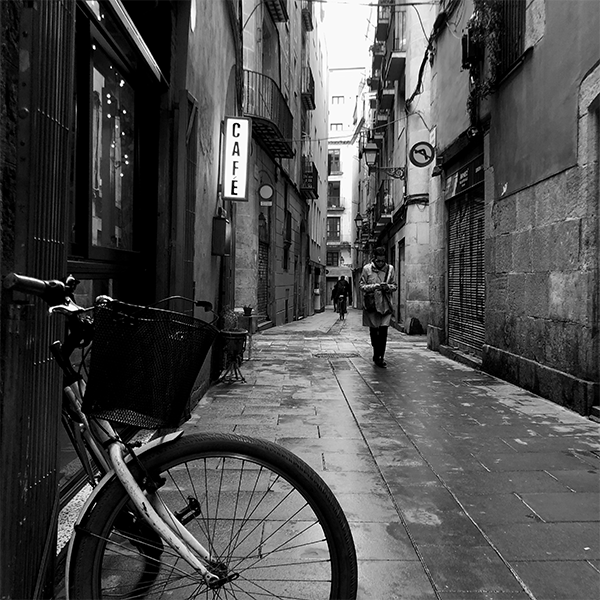
Barcelona is regarded as a living museum because a remarkable number of historically significant artifacts from that period lie in plain sight. One can behold a 2,000-year-old Roman graveyard on the way to a sporting goods store. One can look upon pieces of the city’s original defense wall while hunting for tapas.
As Barcelona grew, throughout the medieval and into the early modern period, the original wall was supplanted by larger, more formidable walls. Barcelona’s tenure as a walled city concluded, finally, at the end of the 19th century, succumbing to a call for greater expansion, the aptly named Tear Down the Walls campaign.
With the walls eliminated, the city began absorbing the surrounding villages, villages that are, today, considered Barcelona neighborhoods. This includes Gràcia, Sants, Poble-sec and many others.
The funny thing about those satellite villages, though, is that they didn’t abut the original Ciutat Vella. Barcelona was no stranger to sieges, and a royal decree, centuries old, had made it illegal to establish settlements closer than a cannonball’s distance from the city wall.
So when it came time to annex the outlying villages, something was needed to connect them to the Old City, and that’s how the city’s Eixample neighborhood—Catalan for expansion—came into being.
Completed in the early 20th century, Eixample became the city’s largest neighborhood, and made Barcelona, more or less, the city that we know and love today.
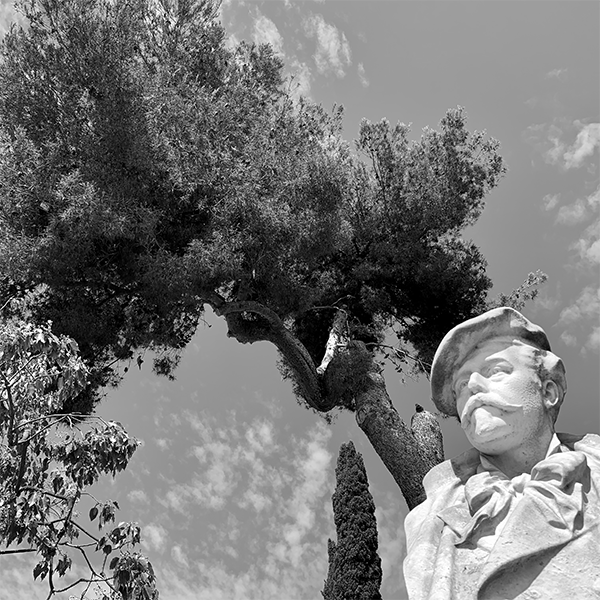
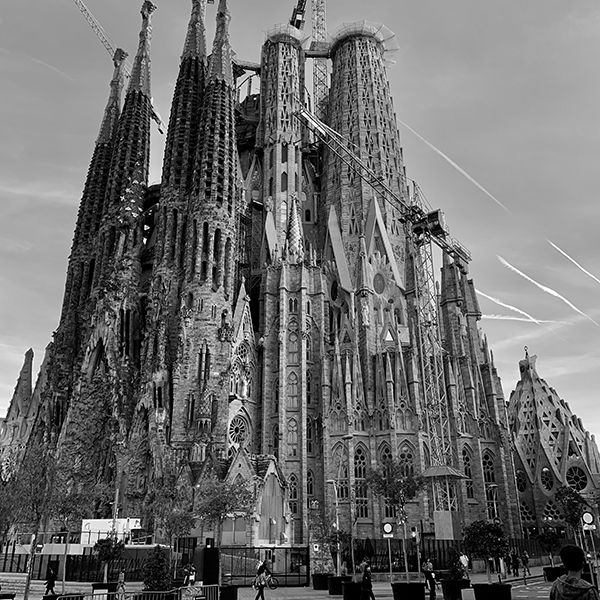
Fascinating, right?
Still, no matter how distinctive each neighborhood is, or how amazing the city is, as a whole, Barcelona is not the best place in the world, or even in Europe, for a vacation. Close your eyes and point anywhere in Greece. Now open them. That, right there, is a better place for a holiday.
But then, that’s vacationing. And vacationing is not living. And for living, pinkie swear, there is no better place in the world than Barcelona. Of course, this is coming from the perspective of a North American who’s taken up residency in only a few places in the United States, and fewer still in Europe.
Yet, while I acknowledge a lack of necessary data to make such a bold statement, I remain 100% convinced. There is so much beauty in Barcelona that, even after a decade, willpower and energy are required to take it for granted.
So when it came time to leave, time to return, finally, to the land of our birth, it felt like a breakup. After a while, you form a real bond with a place.
To deal with the heartbreak, I thought it’d be cathartic to publish a coffee table book that captures this United States of American’s decade in the greatest city on the planet.
In the interest of full disclosure, while the photos herein do span 10 years—autumn 2010 to December 2020—the overwhelming majority were, in fact, taken over the last five years, a period in which I was afforded more time for long, meandering walks.
The photos are not arranged in any particular order, and nearly all are shot with an iPhone–the oldest, with an iPhone 4, and the most recent, with an iPhone 10.
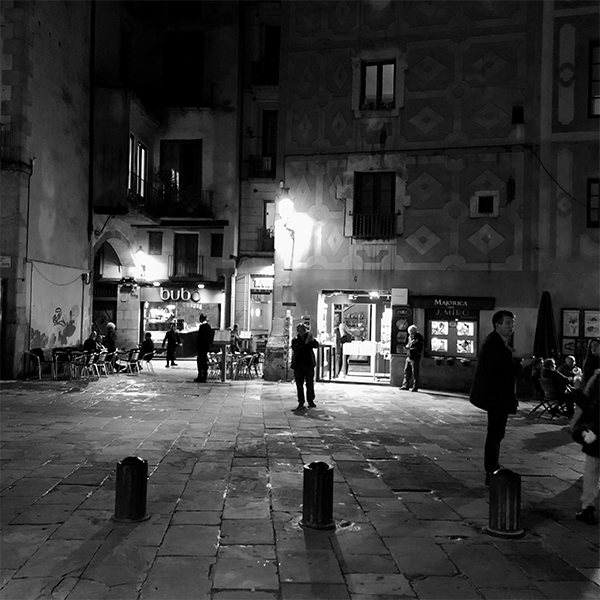

Opposite each photo is a brief quotation, as well as a corresponding Google Map where a pin has been dropped to provide exact coordinates.
As far as the brief quotations, it’s important to point out that none can be attributed to me.
They are pulled from interviews conducted in 2017 for the documentary series, Catalunya Barcelona: The Catalan Story of Barcelona. And, indeed, as nearly all of the interviews were conducted in Catalan, what you’re reading in the quotations are, substantively, English translations of the original spoken word.
This is all to say, if they seem overly opaque, random or glib in context, I am entirely to blame.
In summary, I hope Americana Barcelona does the city justice, and that it finds a nice home on your coffee table, ideally in the neighborhood of a generous serving of Mediterranean olives.
— Todd S. Glider
January 2021